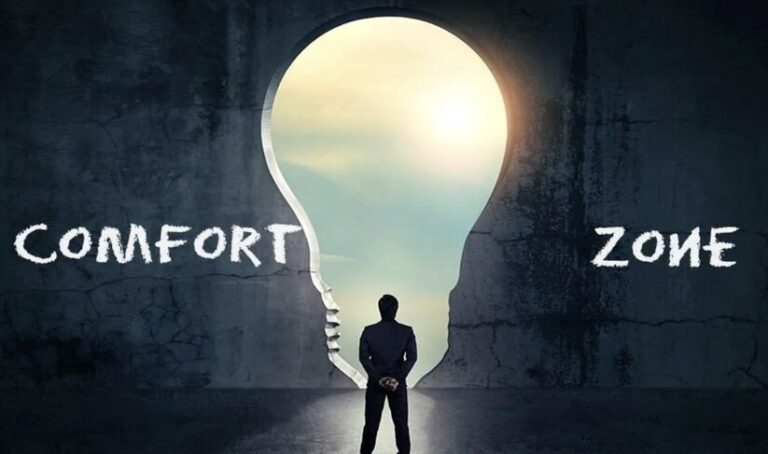Your “comfort zone” is a psychological, emotional, and behavioural construct. It’s what’s familiar to you and what feels safe—your regular habits and routines. When you’re in your comfort zone, you experience low stress and anxiety levels. In your comfort zone, there’s little to no risk.
Business management theorist Alasdair White made some critical observations on comfort zone in his paper titled “From Comfort Zone to Performance Management.” He commented
The comfort zone is a behavioural state within which a person operates in an anxiety-neutral condition, using a limited set of behaviours to deliver a steady level of performance, usually without a sense of risk.
White defined a zone where we perform at our best and Is often outside our comfort zone. He referred to it as the Optimal Performance Zone. He noted that, provided there is no change in the ‘anxiety’ or skills applied, the level of performance will remain constant. Equally, if there is a change in the ‘anxiety’ or the skills applied, then a change in performance will result – either upwards or downwards.
Since a performance-boosting increase in anxiety is, in performance management terms, a good thing, we can define this state of arousal as being the ‘optimal performance zone’, while we would define a level of anxiety that causes deterioration in performance as being a bad thing or a ‘danger zone’.
Our natural state as humans is homeostasis – the tendency toward a relatively stable equilibrium between interdependent elements, primarily maintained by physiological processes. We tend to move towards the path of least resistance, and we strive to avoid pain and discomfort. In your comfort zone, you do the least required in school, work, gym, association and how you live life. Doing the same thing the same way and expecting a different result is the definition of insanity.
Life is like an onion, the more you peel it the greater your understanding on life. The layers represent you throughout your stages in life so peeling back a layer allows you to see more then as we peel back more layers we can see a greater picture forming ahead of us.
